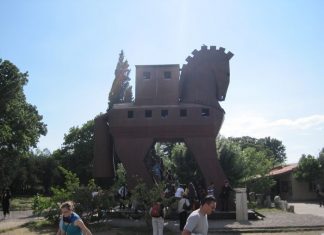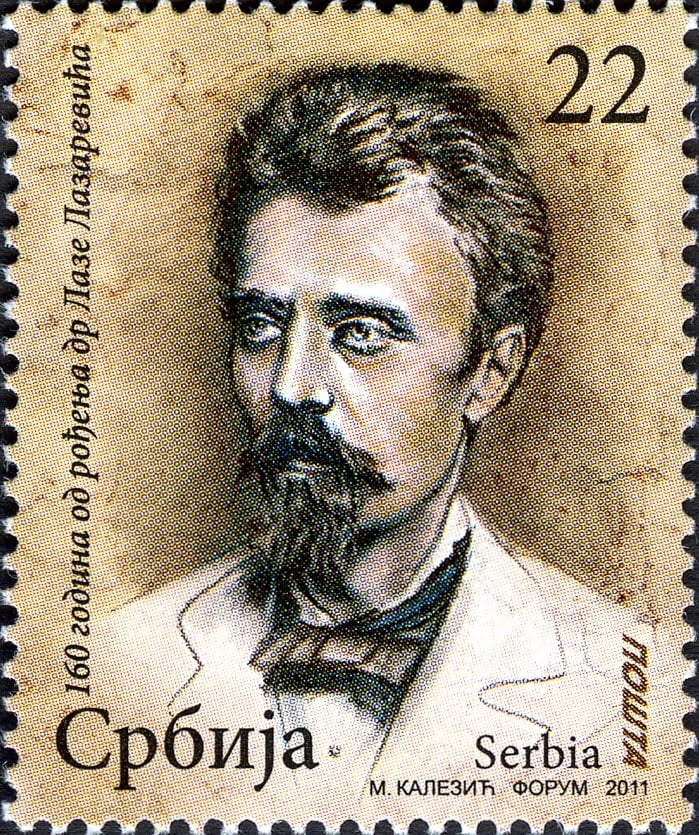In Christian writings, Smyrna represents “suffering.” In the letter to the church in Smyrna, Jesus told them that He knew their sufferings and poverty. He had no complaints or punishment for the church in Smyrna, just as He did not condemn the church in Philadelphia. These were the only two churches that received no words of condemnation from Jesus.
Smyrna and Philadelphia’s Continuous Existence
Smyrna and Philadelphia are also the only two cities among the seven churches that have continued to exist throughout history. Today, the lampstand (the symbol of the church) has been moved from these cities, but there are still a few Christians in Izmir (modern-day Smyrna). These Christians are often forced to hide because Christianity is still persecuted in modern Turkey. Even though they must remain secret, some have contacted us indirectly when we have visited the area Pergamum’s Great Library and Temples.
Smyrna The Martyr Church
Smyrna represents the martyr church, a time of great suffering and persecution for Christians, from about A.D. 100 to A.D. 314. This period began with the death of the apostle John and ended with the Edict of Toleration by Constantine in A.D. 313, which stopped the official persecution of Christians. During this time, there were ten periods of intense persecution by Roman emperors Istanbul Tours. Here are the approximate dates of these persecutions:
Nero: 64-68 A.D. (Paul was beheaded during this time)
Domitian: 95-96 A.D. (John was exiled)
Trajan: 104-117 A.D. (Ignatius was burned alive)
Marcus Aurelius: 161-180 A.D. (Polycarp was martyred)
Severus: 200-211 A.D.
Maximinius: 235-237 A.D.
Decius: 250-253 A.D.
Valerian: 257-260 A.D.
Aurelian: 270-275 A.D.
Diocletian: 303-313 A.D. (the worst persecution)








